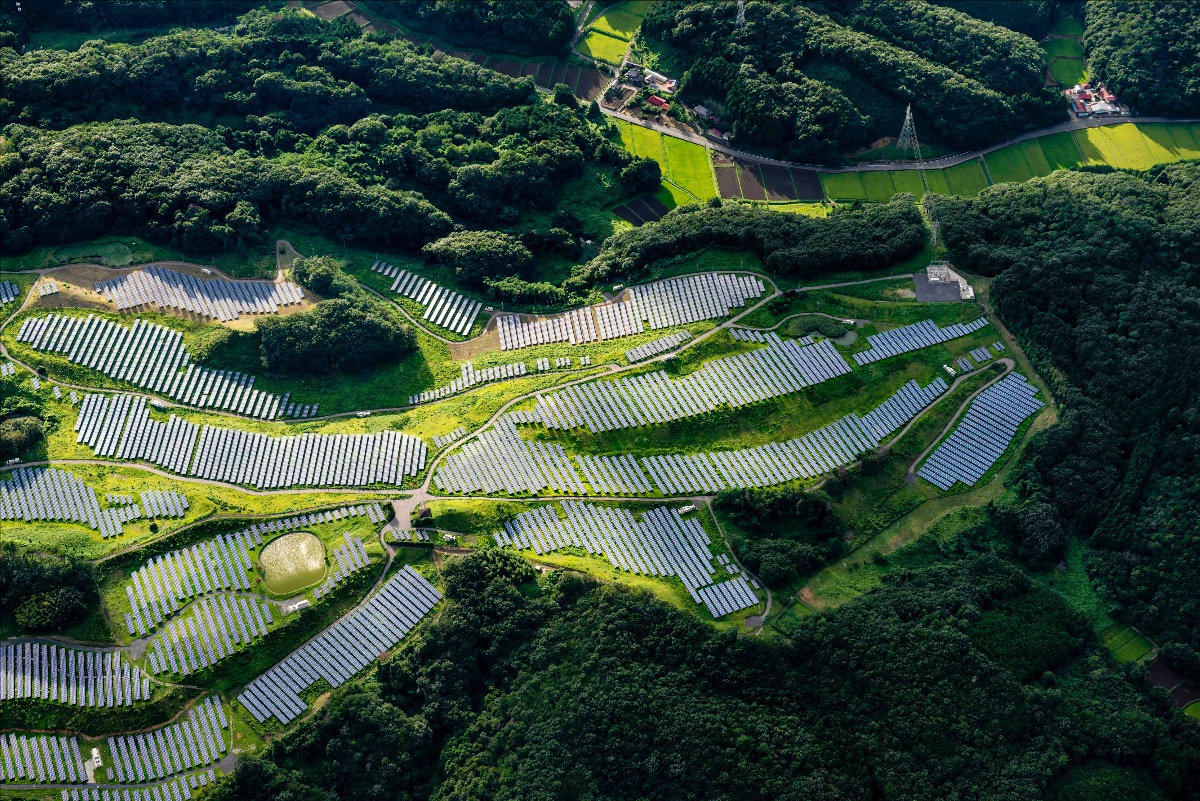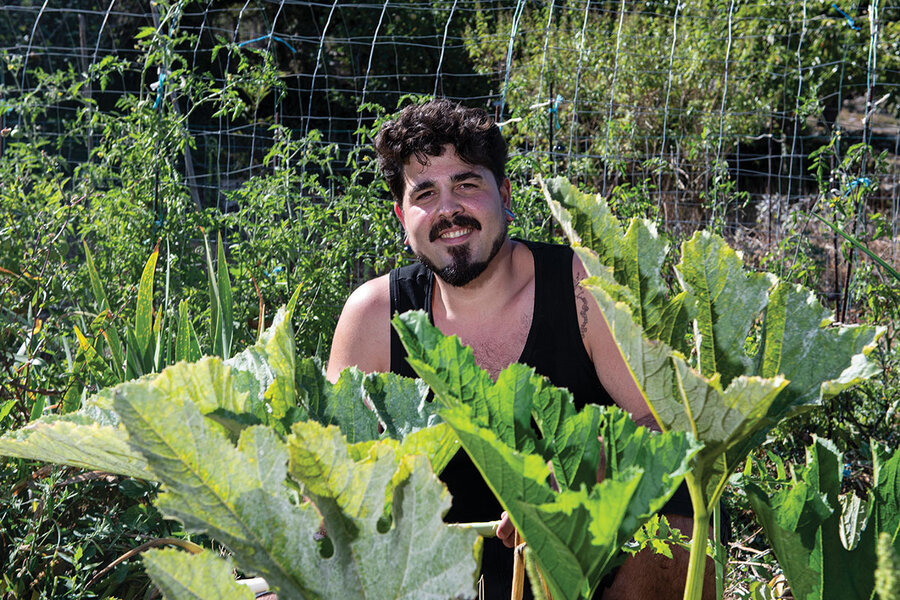Issue 62

An entire town in Bolivia declared itself a reserve to defend the Andean Condor.
G&M Therin-Weise/robertharding via Getty Images Juliana Birnbaum
Juliana Birnbaum
South American communities rally to protect endangered bird species – It takes a village to protect biodiversity, and this month, one of my favorite global environmental news sources, Mongabay, featured a couple of stories on that theme. In Bolivia, an entire town declared itself a reserve as a means to defend what is arguably South America’s most iconic bird: the condor. The action was sparked by the accidental poisoning of 34 condors by farmers trying to target pumas that threatened their livestock, prompting a national day of mourning. In Ecuador, a group called the Jocotoco Foundation has worked with local communities to create fifteen nature reserves across the country. They are specifically aimed at safeguarding areas that are globally significant for bird conservation and manage to protect a staggering ten percent of the planet’s avifauna (that’s a fancy word for birds). Still, transformation must take place on a broad policy scale at the same time as at the village level. The role of animals in the carbon cycle was emphasized at last week’s UN Climate conference in Dubai, where, in a first, negotiators aligned the final agreement with a previously-signed biodiversity treaty. As stated by the leading scientists at COP28, it’s time to “put the protection and restoration of wild ecosystems at the heart of global climate policy.”
 Amy Boyer
Amy Boyer
Integrating the cost of carbon - The Biden administration recently expanded the inclusion of the social cost of greenhouse gases in governmental decision-making, and the Environmental Protection Agency (EPA) is leading the way as it issues rules for methane emissions. How much do greenhouse gas emissions really cost? It depends—on what the gas is and when it’s emitted, among other things, and the EPA estimate is probably still too low. However, it’s much higher than either Trump or Obama estimated. Why does this matter to regeneration? It attempts to account for externalities, costs or benefits of production that aren’t reflected in the price of the product, creating incentives to do the wrong thing. Businesses make bad decisions when they don’t account for environmental damage, and communities or individuals often have to bear an inequitable burden for those decisions. By both improving the estimate of the cost of greenhouse gases and considering them in more decisions, we get a clearer view of the pathway to reducing them. The new EPA policy will reduce methane by an estimated 58 million tons over fourteen years. See Banking & Finance Nexus.
 Anna Steltenkamp
Anna Steltenkamp
A call to integrate agri-food systems and healthy soils into climate action - COP28 became the first to spotlight the integral role of agri-food systems within national climate plans and led to 158 nations endorsing the Declaration on Sustainable Agriculture, Resilient Food Systems, and Climate Action. This inclusion is necessary because global agri-food systems account for 31 percent of human-caused GHG emissions, and climate change threatens their viability through a myriad of impacts. Yet Praveena Sridhar of the Save Soil Movement caught a critical omission in the final agreement: the word “soil.” Healthy soil deserves special attention as a holistic solution for many of the socio-ecological crises we face. It has the potential to sequester 27 percent of global carbon emissions and directly support eleven of the seventeen U.N. Sustainable Development Goals. The 100 Million Acres Initiative is cultivating this potential through its movement to drive a “tipping point” toward regenerative agri-food systems. Plus, Soul Fire Farm offers a guided exploration to discover the wellness of your local soils, an important question given that 40 percent of the world’s soil is already degraded. We can invite children into this learning discovery, too.

|
|
According to Global Tipping Points, the levelised cost of electricity of new solar/wind and battery storage is less than that of new coal/gas power. Pictured is the Nasu-Minami Photovoltaic Solar Power Plant located in the Tochigi Prefecture, Japan. Credit: Jaime Stilling
|
 George Biesmans
George Biesmans
Positive Tipping Points offer real hope for steering clear of disaster - A major new report released at COP28 has issued a stark warning that multiple tipping points are now at risk of being crossed because of global heating, with others due to be breached within the next few years. A tipping point is where a critical threshold in an Earth system is crossed, leading to runaway, self-perpetuating impacts. However, the report also offered reason for hope by elevating “Positive Tipping Points.” These are shifts already in motion across our social, political, and technological systems that could rapidly unlock the urgent transformations needed to avoid climate breakdown and regenerate the Earth. The plummeting cost of renewable energy and the growing adoption of electric vehicles are two major positive tipping points, which could have cascading effects on other areas such as shipping, fertilizers, and hydrogen. Tipping points can also come in the form of shifts in social norms and behaviors, which can spread rapidly through social contagion when they reach a critical threshold. Coordinated and systemic action is vital to triggering these positive cascades of activity, with policy-makers urged to look for “leverage points where small interventions can make a big difference.”
 Claire Krummenacher
Claire Krummenacher
A historic agreement in the Pacific Northwest - This week, the Biden administration reached a landmark agreement that pledged $300 million towards salmon restoration projects in the Pacific Northwest, a major step in ending the decades-long legal battle with Indigenous communities in the region. The funding will include upgrades to hatcheries that have ensured the survival of fish populations in the Columbia River basin, a five-year stay on litigation, a promise to increase the number of hydropower projects managed by Indigenous communities, and proposals to develop alternatives for farmers in the event Congress breaches four dams on the Snake River. Once the world’s most prolific salmon-producing river system, the Columbia River Basin used to contain sixteen species of salmon and steelhead. Today, four are entirely extinct, and seven are endangered. Given that the Snake River dams are a significant driver behind the decline of fish populations, Indigenous leaders have celebrated the agreement, calling it a road map towards their long-term goal of breaching them. In the meantime, the deal includes a compromise allowing additional water to be spilled in the spring, fall, and winter to assist salmon runs.
 Jonathan Hawken
Jonathan Hawken
A harmonious intersection of road and water - Makueni County in southern Kenya faces extreme weather conditions, with a harshly arid dry season and destructive wet season that can be unrelenting for weeks on end. Michael Maluki, a Makueni county engineer, introduced the “Green Roads for Water” concept. Developed by Dutch geographer Frank Van Steenbergen, founder of the MetaMeta consulting firm, this innovative approach involves designing roads to capture and divert water for agricultural use. The initiative in Makueni County proved successful, but it certainly isn’t stopping there. Applying these principles in Ethiopia's Tigray region led to a significant rise in the water table, enhancing adjacent farm productivity by 35 percent. The techniques involve straightforward measures like earthen ridges, rainwater collection ponds, and floodwater spreaders. As road construction surges in developing nations, the Green Roads movement aims to integrate water-harvesting practices into road design. For more, hop over to Yale 360 for the full article.
 Scott Hannan
Scott Hannan
Community efforts to restore underwater forests of giant kelp in New Zealand - The giant kelp forests off the coast of New Zealand are a keystone species in their ocean ecosystems, providing food and habitat for numerous living creatures and absorbing substantial amounts of carbon from the atmosphere. As a result of rising sea temperatures, human-caused soil erosion, and unchecked sea urchin populations due to overfishing, these kelp forests are dying off. In response to this epidemic, the Love Rimurimu project in Wellington, New Zealand, is reforesting the kelp ecosystem. The community-based organization has teamed up with scientists to start a giant kelp nursery, raising baby plants that are then cultivated in the offshore reefs. They train local teens to help monitor the progress of the newly planted kelp and partner and consult with the Māori Taranaki Whānui tribe, the traditional guardians of the land and coasts in that area. The hope is that restoring the kelp provides an opportunity to restore a genuinely holistic ecosystem– one that integrates local people.

|
|
Farmer Pipo Vieira, kneeling among his zucchini plants at his family homestead, Projeto Liberta-te, came home from Toronto to rural Portugal to lead a less anxiety-producing life.
Credit: Alfredo Sosa/Staff (Christian Science Monitor) |
 Courtney White
Courtney White
Young People Choosing the Agrarian Way - Young people are voluntarily giving up their jobs in cities and moving to the country to become farmers, as detailed in this Christian Science Monitor story about a Portuguese couple. It is part of a small but growing movement of young people concerned about climate change and wanting more balance in their lives. Many are choosing an agrarian way of life focused on food, soil carbon, and ecological restoration. It’s a stark contrast to the decades-long trend of young people moving from rural areas to urban ones, especially from farming communities. The challenges for young agrarians are steep, including more frequent droughts and the high cost of land, but digital technology, innovative tools, and new farming techniques are actively assisting them. A simple but key approach is to stay small and buy less stuff. It’s a philosophical and practical viewpoint, sometimes called ‘degrowth’ – consuming less, using less, recycling more, and focusing on community, connections, and the natural world. One component is cooperatives, an old idea that young people are revitalizing. Another is apprenticeships on regenerative farms and ranches, such as the Quivira Coalition’s New Agrarian Program, which operates in the American West. The nonprofit Young Agrarians links people to training opportunities. Greenhorns and the National Young Farmers Coalition are also essential resources. See Localization Nexus for more.

|
| Each summer, New Agrarian Program apprentices in Montana gather together for two days at Whit Hibbard’s low-stress stockmanship clinic. |
Take Action on Nexus
Learn how to replace all dirty cookstoves with culturally appropriate clean cookstoves that reduce or eliminate black carbon emissions and prevent illness and death from air pollution in our Clean Cookstoves Nexus.
Support our work
We rely on the generous support of our fellow regenerators! Please consider making a one-time or recurring donation to keep Project Regeneration and The Waggle going.
Want the Waggle coming to your inbox instead? Click Here to Subscribe!
